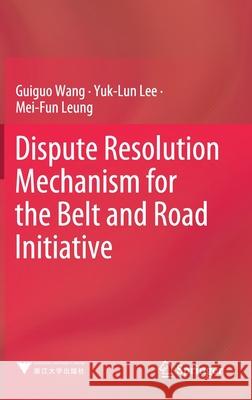Dispute Resolution Mechanism for the Belt and Road Initiative » książka
topmenu
Dispute Resolution Mechanism for the Belt and Road Initiative
ISBN-13: 9789811519741 / Angielski / Twarda / 2020 / 160 str.
Dispute Resolution Mechanism for the Belt and Road Initiative
ISBN-13: 9789811519741 / Angielski / Twarda / 2020 / 160 str.
cena 523,30
(netto: 498,38 VAT: 5%)
Najniższa cena z 30 dni: 501,19
(netto: 498,38 VAT: 5%)
Najniższa cena z 30 dni: 501,19
Termin realizacji zamówienia:
ok. 22 dni roboczych
Dostawa w 2026 r.
ok. 22 dni roboczych
Dostawa w 2026 r.
Darmowa dostawa!
Kategorie:
Kategorie BISAC:
Wydawca:
Springer
Język:
Angielski
ISBN-13:
9789811519741
Rok wydania:
2020
Wydanie:
2020
Ilość stron:
160
Waga:
0.44 kg
Wymiary:
23.39 x 15.6 x 1.27
Oprawa:
Twarda
Wolumenów:
01
Dodatkowe informacje:
Wydanie ilustrowane











